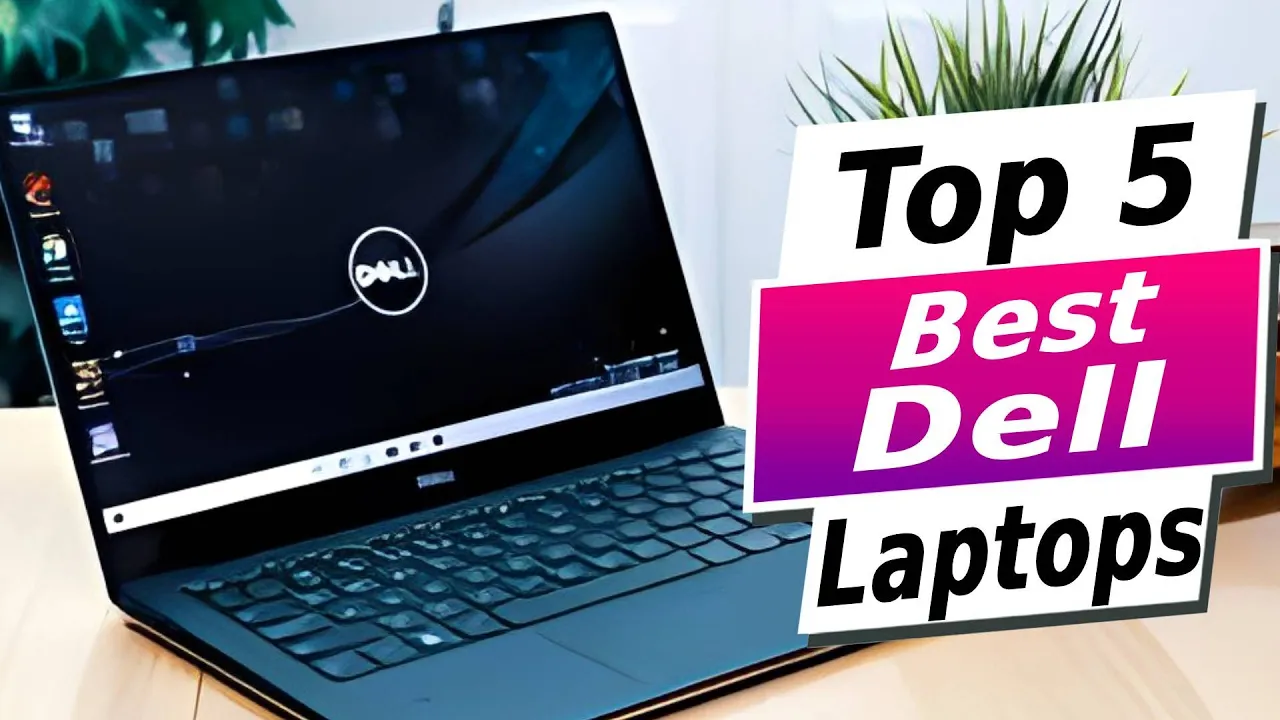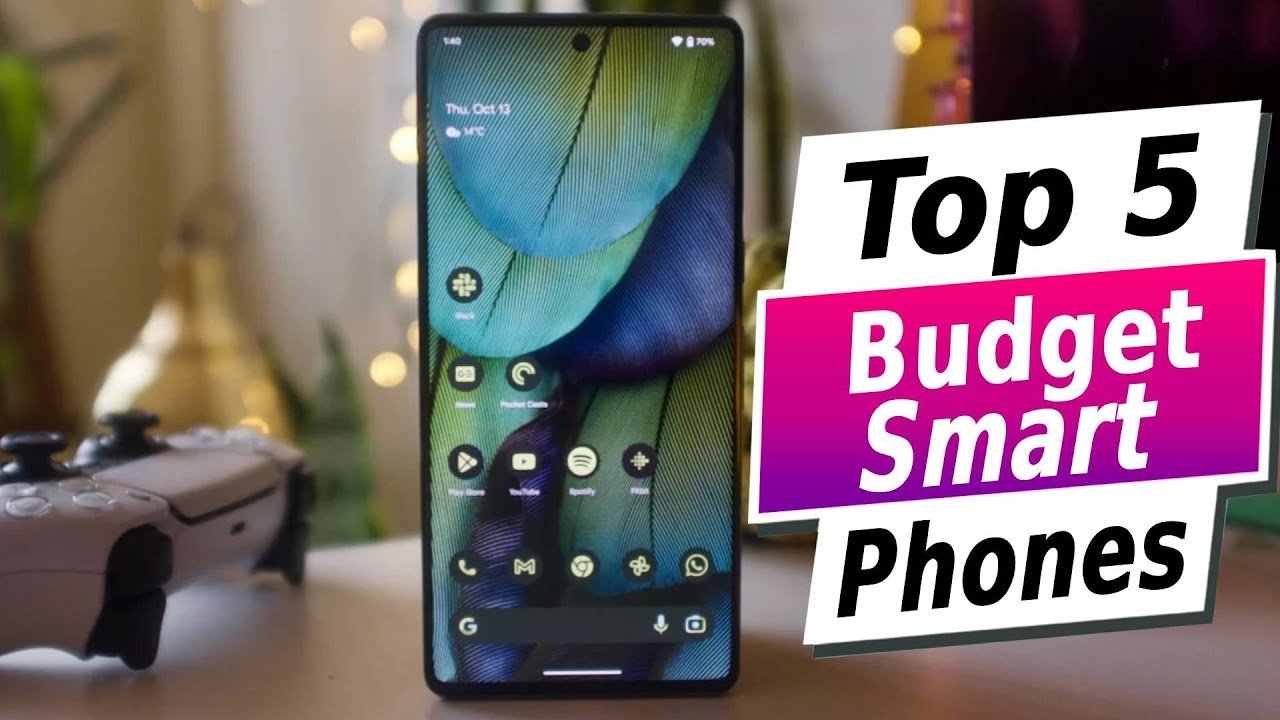In today’s fast-paced world, technology plays an essential role in almost every aspect of life. Whether it’s education, business, or even personal use, technology is everywhere. However, a distinction needs to be made between simply using technology and fully integrating it into daily routines or systems. So, what is the difference between technology use and technology integration? Let’s explore.
What is Technology Use?
Technology use refers to the simple act of utilizing technology to achieve specific tasks. This could be as basic as using a calculator for math, checking emails on your phone, or watching videos on a laptop. Technology use is often situational and temporary. It doesn’t necessarily transform the way things are done but serves as a tool for convenience.
For example, in a classroom setting, a teacher might use a projector to display a presentation. While this makes the lesson more engaging, it’s a one-time or limited-use action, and the lesson itself is still structured traditionally. Similarly, in a business, sending emails or occasionally using video conferencing tools falls under technology use. It’s beneficial but doesn’t fundamentally change the workflow or structure of the organization.
What is Technology Integration?
On the other hand, technology integration is a more comprehensive approach where technology becomes embedded into the fabric of daily processes, creating a seamless, long-term impact. It is about making technology a vital part of the environment, whether that’s in schools, businesses, or homes.
In education, technology integration might involve using tablets for interactive learning, where students can access online resources and collaborate digitally. Teachers shift from being the sole knowledge providers to facilitators, with technology enhancing the learning experience. In businesses, this could mean integrating Customer Relationship Management (CRM) software to manage customer interactions, automate tasks, and improve productivity.
Key Differences Between Technology Use and Technology Integration
- Purpose and Intent: Technology use is often short-term and task-specific, while integration is intentional and continuous.
- Depth of Engagement: Using technology might be a one-off action, but integrating technology means it’s embedded deeply in processes.
- Long-term vs. Short-term: Technology integration focuses on the long-term, transforming how things work. Technology use is more temporary, fulfilling immediate needs.
- Structural Change: Integration leads to a fundamental shift in operations, while use doesn’t typically alter the overall system.
Technology Use: A Surface-Level Interaction
Think of technology use as dipping your toes in the water. It helps, but it’s not transformative. For example, a teacher using PowerPoint for a presentation is employing technology, but the overall structure of the lesson stays the same. In business, sending out an email or using an occasional video call is a good use of tech, but it doesn’t reshape how the business operates.
This surface-level interaction is common, but it doesn’t unlock the full potential of technology.
Technology Integration: A Seamless Approach
When you fully integrate technology, you are not just using it, but relying on it to enhance efficiency and outcomes. In education, for instance, a school that integrates technology might use a Learning Management System (LMS), where assignments are submitted online, grades are tracked, and students have constant access to study materials.
In the business world, technology integration could look like automating customer service with AI, streamlining workflow with project management software, or using data analytics to make informed decisions. This transforms how work gets done, making technology indispensable to the system.
Educational Perspective
In education, the difference between use and integration is clear. A teacher using a video for a lesson is utilizing technology. But a classroom where students engage in virtual field trips, collaborate using digital platforms, and receive personalized assignments based on data is an example of integration. The latter fundamentally improves learning outcomes and makes the educational process more interactive and effective.
Business Perspective
In businesses, the difference is just as stark. Technology use might involve occasional video meetings or simple accounting software. However, when a business integrates technology, it means their entire workflow, from employee management to customer outreach, depends on digital tools.
A fully integrated system ensures better productivity, streamlined communication, and data-driven strategies. Businesses that integrate technology often see improvements in efficiency and innovation, giving them a competitive edge.
The Role of Technology in Personal Life
At home, you might use your phone to check social media or set a timer while cooking—that’s technology use. But if you have a smart home setup where lights, security cameras, and even your thermostat are all controlled via apps or voice commands, then you’ve integrated technology into your daily routine.
Why Technology Integration is More Effective
Integrating technology yields better results. Why? Because it creates a system where technology is not just an add-on but a key player. In education, it improves engagement, makes learning more accessible, and personalizes student experiences. In business, it boosts efficiency, enhances communication, and drives growth.
Barriers to Technology Integration
However, technology integration isn’t without its challenges. Cost is a significant barrier, as some systems require substantial investment. Resistance to change is another hurdle, as both employees and educators may be hesitant to adopt new methods. Lastly, lack of training or understanding can slow down the integration process, preventing technology from being fully utilized.
How to Transition from Technology Use to Technology Integration
The key to transitioning lies in strategy. In education, schools can start by incorporating blended learning models that mix traditional teaching with digital tools. In business, leaders should focus on creating a tech-driven culture, ensuring that staff are trained and that technology aligns with the company’s goals.
The Future of Technology Integration
Looking ahead, technology integration is becoming a necessity. As industries adopt AI, machine learning, and automation, those who fully integrate these tools will likely see the most success. From autonomous businesses to fully digital classrooms, the future promises even more seamless integration.
The Role of Leaders and Educators in Promoting Technology Integration
Leaders and educators play a crucial role in promoting technology integration. They need to guide teams and students through the transition, provide training, and foster an environment that embraces technology.
Conclusion
In summary, the difference between technology use and technology integration boils down to how deeply technology is embedded in processes. While using technology is helpful, integrating it leads to more profound, long-term benefits. Whether in education, business, or personal life, technology integration is the future.
FAQs
- What is the primary difference between technology use and integration?
- Technology use is situational and often temporary, while integration involves embedding technology deeply into processes for long-term benefits.
- Why is technology integration important in education?
- It enhances learning outcomes by making education more interactive, personalized, and accessible.
- How can businesses benefit from technology integration?
- Integration improves efficiency, communication, and innovation, leading to better productivity and growth.
- What are the challenges of technology integration?
- Cost, resistance to change, and lack of training are common barriers to fully integrating technology.
- How do I start integrating technology into my daily life?
- Begin by incorporating technology that automates tasks or enhances productivity, like smart home devices or productivity apps.





Leave a Reply